We explore how MFA Fatigue attacks work, how they impact businesses, and what measures you can take to protect your organization.
The hidden risks of stolen cookies

For cybercriminals, cookies have become a highly attractive target, and their theft can lead to serious consequences.
C
ookies, those small data files that websites use to store information about users’ browsing habits and preferences, have long been a key element of the internet experience. However, these seemingly innocent files can hold much more than just the basics of site usage. Cookies can contain sensitive data like login credentials, IP addresses, browsing histories, and even personal information.
How cybercriminals steal cookies
The methods used to steal cookies have evolved alongside the growth of the internet, with cybercriminals continuously finding new ways to exploit vulnerabilities. Here are some of the common ways cookies are stolen:
- Malware. One of the most prevalent ways cybercriminals steal cookies is through malware. Malicious software such as viruses or trojans can infect devices and extract session cookies, which are stored in the user’s browser. Once the malware has access to these cookies, hackers can gain unauthorized access to websites or services that the user is logged into.
- Phishing. Phishing is another popular technique. In this attack, hackers create fake websites that closely resemble legitimate ones. They send out fraudulent emails or messages with links to these websites, tricking users into logging in. When the user enters their login details, hackers capture the session cookies, which can then be used to hijack the account.
- Packet Sniffing. In some cases, cybercriminals don’t need to directly infect a user’s device. Instead, they can use packet sniffing to intercept cookies as they travel across a network. By monitoring unencrypted network traffic, attackers can capture sensitive data, including session cookies, especially on unsecured Wi-Fi networks.
- Script Injection. Cybercriminals can also use script injection techniques to steal cookies. By injecting malicious scripts into web pages, hackers can trick users into executing commands that allow the theft of their cookies. These scripts can be embedded in ads, compromised websites, or even social media platforms.
- Exploiting Vulnerabilities. Websites and applications often have security weaknesses that can be exploited by attackers. By identifying these vulnerabilities, cybercriminals can gain unauthorized access to cookies stored on these sites. For example, they might bypass authentication systems or exploit bugs to gain access to sensitive user data.
The consequences of cookie stealing
Once cybercriminals have stolen cookies, they can use them in various malicious ways:
- Identity theft One of the most concerning consequences of cookie theft is identity theft. Stolen cookies can provide hackers with access to online accounts, allowing them to make fraudulent transactions, change passwords, or gather more personal information for further attacks.
- Unauthorized access Cookies that contain session data can also be used to gain unauthorized access to protected systems and applications. This can lead to breaches of sensitive data, unauthorized financial transactions, or even the compromise of corporate networks.
- Fraudulent Transactions By using stolen cookies, cybercriminals can perform fraudulent transactions on banking websites or e-commerce platforms. With these cookies, hackers can bypass authentication processes and steal financial information or make unauthorized purchases.
- Exploiting System Vulnerabilities In some cases, stolen cookies can be used to exploit vulnerabilities in systems and applications. Attackers can manipulate these vulnerabilities to infiltrate organizations, steal more data, or damage critical infrastructure.
How to protect yourself from cookie theft
Given the serious risks associated with stolen cookies, it’s crucial to take steps to protect yourself from these types of cyberattacks. Here are some effective measures you can take to safeguard your online presence:
- Use secure applications and browsers. Opt for applications and browsers known for their strong security features. These platforms often include advanced controls for managing cookies and sessions, such as secure browsing modes or enhanced privacy settings, which can help prevent cookie theft.
- Enable Multi-Factor Authentication (MFA). Multi-factor authentication adds an extra layer of security to your accounts. By requiring more than just a password to access your account, MFA ensures that even if your cookies are stolen, the attacker still cannot access your sensitive information without the second layer of verification. This is a crucial step, and it’s something TrustCloud strongly encourages for all important accounts.
- Log Out after use. It may seem simple, but logging out of all accounts and services after use—especially on public or shared devices—can significantly reduce the risk of cookie theft. This prevents attackers from using session cookies to maintain unauthorized access.
- Set your browser to automatically delete cookies. Configure your browser to automatically delete cookies when you close the browser. This ensures that session cookies are wiped clean and prevents attackers from stealing any data stored in your browser’s cache.
- Regularly review and manage cookies. Take the time to periodically clear your browser’s cookies and review your privacy settings. Many browsers allow you to manage which cookies are stored and for how long, giving you more control over your online data.
Cookies, while essential for enhancing our online experiences, are also a potential goldmine for cybercriminals. The theft of cookies can lead to a variety of serious consequences, including identity theft, unauthorized access to accounts, and financial fraud. However, by following the above recommendations, you can significantly reduce your risk of falling victim to these attacks. Stay vigilant, use secure systems, and regularly review your cookie settings to keep your online presence safe.
Contact a TrustCloud expert and get your cybersecurity questions answered






